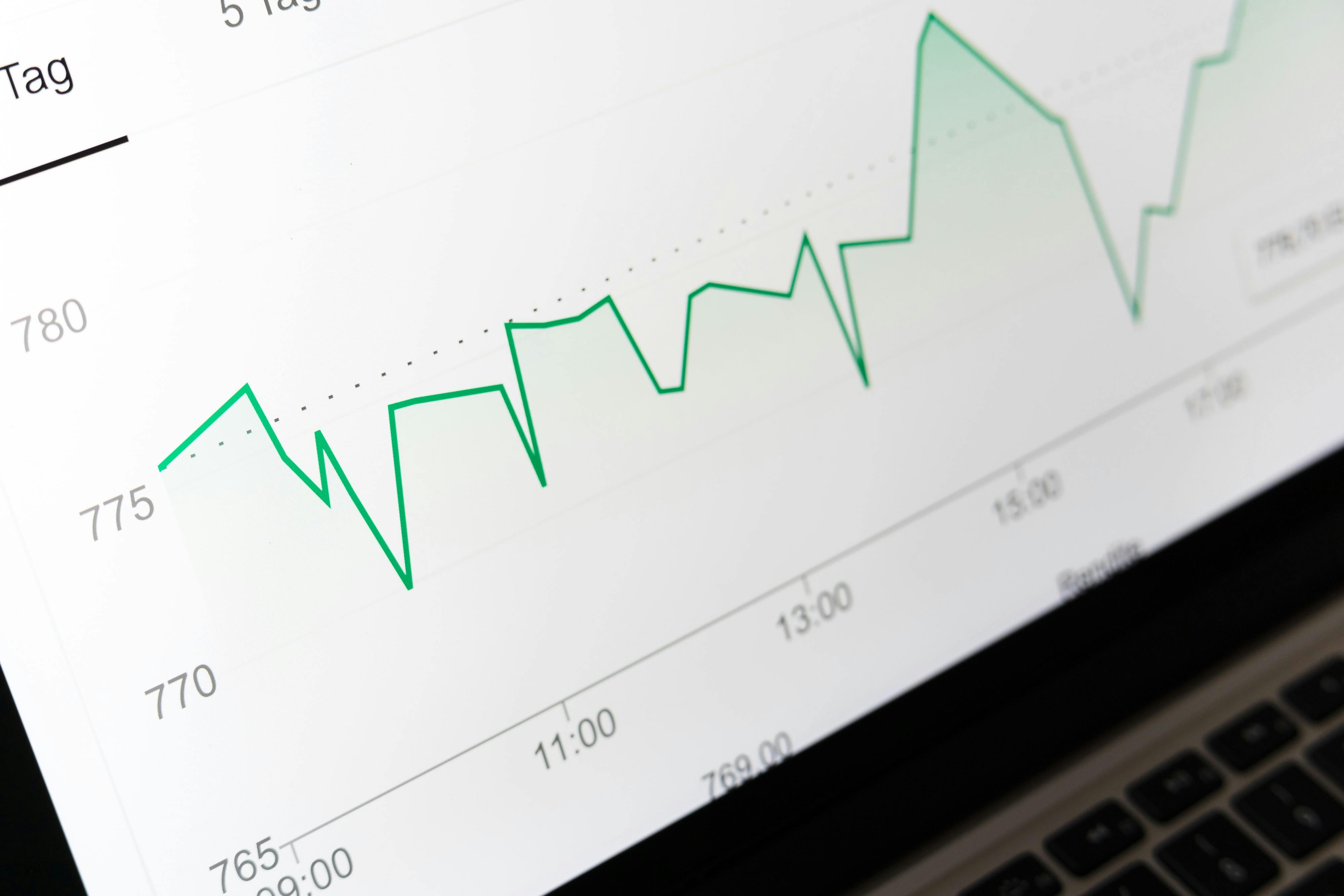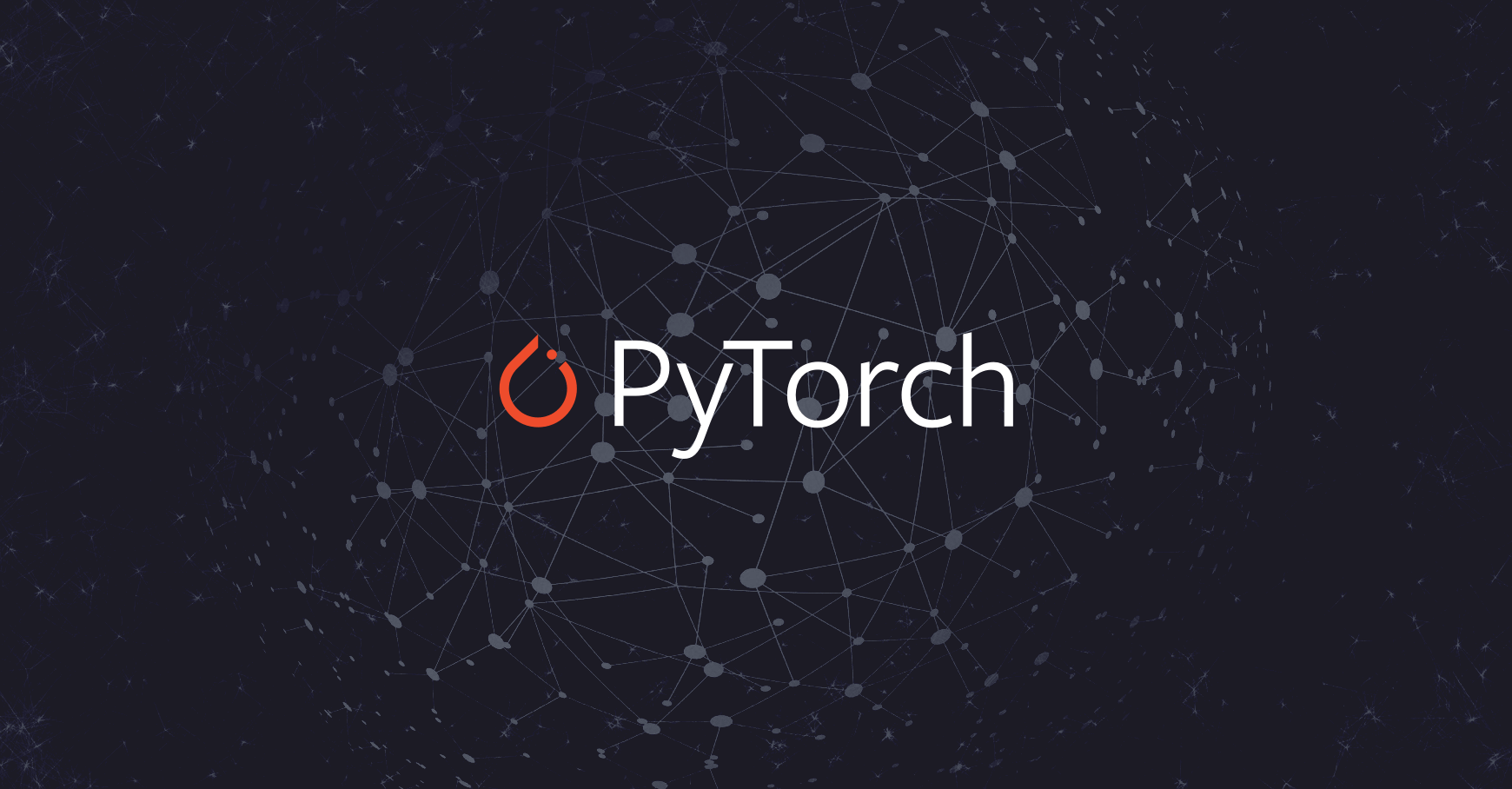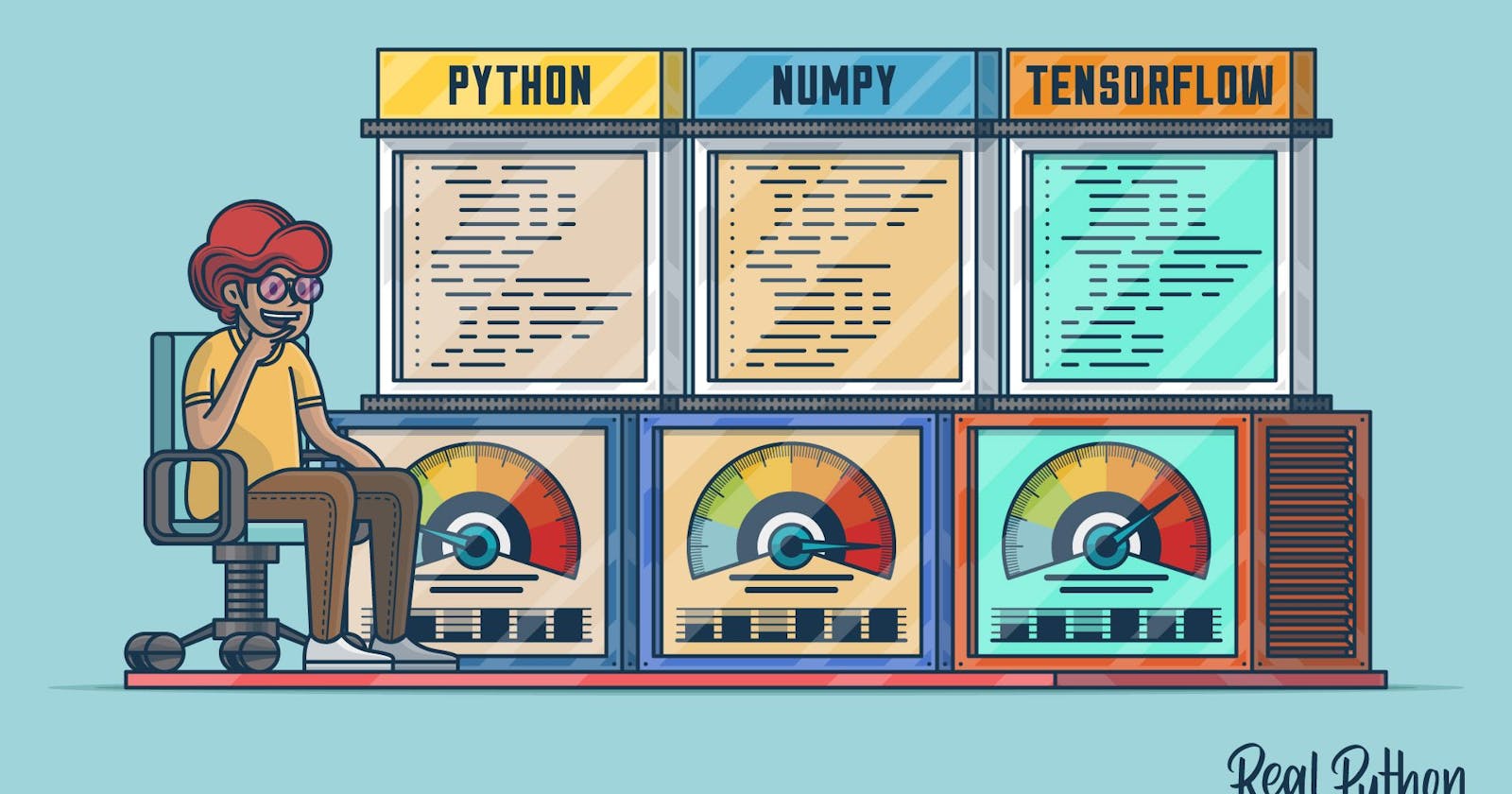Python is one of the most widely used programming languages in the world. That is why Python is used for various technologies, especially in data science. On the other hand, Python has been built with incredible Python libraries for data science over many years. Because of its popularity, the language has over 137,000 packages for different applications. That is why most data scientists are already working with Python because it is easy to use, debug, open-source, and has many more features.

However, if you have been programming for many months, then you are most probably familiar with some python libraries. For those who are unfamiliar with Python libraries, here is the lineup of some popular Python libraries for data science.

But let’s first know what a python library is, and then we will discuss some popular python libraries. So, Without any further delay, let’s get started.
What Are Python Libraries?
Normally, a library is a collection of books or a room or place where many books are stored to be used later. Similarly, in the programming world, a library is a collection of precompiled codes that can be used later on in a program for some specific well-defined operations. Other than pre-compiled codes, a library may contain documentation, configuration data, message templates, classes, values, etc.

A Python library is a collection of related modules. It contains bundles of code that can be used repeatedly in different programs. It makes Python Programming simpler and more convenient for the programmer. As we don’t need to write the same code again and again for different programs. Python libraries play a very vital role in the fields of Machine Learning, Data Science, Data Visualization, etc.
Top 5 Python Libraries for Data Science 2023
TensorFlow
Pandas
NumPy
PyTorch
SciPy
Here is the lineup of some popular Python libraries for data science.
1. TensorFlow
The first in our list of python libraries for data science is Tensorflow. TensorFlow is a library with around 35,000 comments and 1,500 contributors. That’s why it is used across various scientific fields. If we talk about TensorFlow, then it is a framework for running and defining computations involving tensors, partially defined computational objects that eventually produce a value.

165K Stars on GitHub | Total Downloads: 384 million
TensorFlow features:
Frequent new releases provide you with the latest version and features.
Reduces errors by 50 to 60 % in neural machine learning.
Parallel computing to execute complex models.
Better computational graph visualization.
Flawless library management backed by Google.
The pros of using TensorFlow:
TensorFlow offers quick upgrades, smooth performance, and frequent new releases.
You can run subparts of a graph in TensorFlow, giving it a benefit because it can insert and retrieve information samples onto an edge, which makes it an excellent debugging tool.
Tensorflow offers higher-level computational graph visualizations that are native if we compare them to other libraries like Theano and Torch.
TensorFlow is planned to explore a variety of backend software like GPU, ASIC, etc.
Some of the basic applications of TensorFlow:
Time-series analysis
Text-based applications
Video detection
Image and Speech recognition
2. Pandas
We can analyze data using pen and paper on small data sets. We need technical tools and techniques to analyze and derive meaningful information from massive datasets. Pandas Python is one of those libraries for data analysis that contains high-level data structures and tools to manipulate data simply. Providing an effortless yet effective way to analyze data requires the ability to index, retrieve, split, join, restructure, and perform various other analyses on both multidimensional and single-dimensional data.

35K Stars on GitHub | Total Downloads: 1.6 billion
The Key Features of Pandas
The Pandas data analysis library has some unique features that provide various capabilities.
These two are high-performance array and table structures representing heterogeneous and homogeneous data sets in Pandas Python.
However, Panda Python allows for reshaping the data structures inserted into columns and rows in tabular data.
To allow automatic data alignment and indexing, pandas provide labeling on series and tabular data.
The functionality to perform split-apply-combine on series as well as on tabular data.
The pros of using Pandas:
Pandas provide users with a wide range of commands to analyze data fast.
Pandas allow you to represent data effortlessly and more simply, improving data analysis and comprehension. Such a simple data representation helps glean better insights for data science projects.
Pandas are highly efficient as they enable you to perform any task by writing only a few lines of code.
Some of the basic applications of Pandas:
Data cleaning and general data wrangling.
Used in various academic and commercial areas, including neuroscience, statistics, and finance.
Time-series-specific functionality includes moving windows, linear regression, date range generation, and date shifting.
3. Numpy
Numerical Python (NumPy) is a perfect tool for scientific computing. As a result, it also performs basic to advanced array operations. The library offers many handy features for performing operations on n-arrays and matrices in Python. On the other hand, it helps to process arrays that store values of the same data type and makes performing math operations on arrays (and their vectorization) easier. The vectorization of mathematical operations on the NumPy array type increases performance as well as accelerates the execution time.

20.6K Stars on GitHub | Total Downloads: 2.4 billion
The Key Features of NumPy:
Integration with legacy languages.
It is an efficient and fast multidimensional array that can perform arithmetic operations based on vectors.
It provides various tools to write and read huge data sets from disk.
Linear Algebra, Fourier transform capabilities and Random Number Generation.
However, it also supports I/O operations on memory-based file mappings.
Pros of using NumPy:
NumPy provides efficient and scalable data storage and better data management for mathematical computations.
The Numpy array contains a variety of functions, methods, and variables that make computing matrices easier.
Some of the basic applications of NumPy:
Extensively used in data analysis.
It creates a powerful N-dimensional array.
When used with SciPy and matplotlib, MATLAB is replaced.
It forms the basis of other libraries, such as scikit-learn and SciPy.
4. PyTorch
PyTorch is next on the list of top Python libraries for data science. If we talk about PyTorch, then it is a Python-based scientific computing package that uses graphics processing units’ power. On the other hand, PyTorch is one of the most commonly preferred deep learning research platforms, built to provide ultimate flexibility and speed.

56.4K Stars on GitHub | Total Downloads: 119 million
The key features of PyTorch are:
Large support on the major cloud platforms.
The main feature of PyTorch is that it transits easily between eager and graph modes with TorchScript. Yet, it also accelerates the path to production with TorchServer.
PyTorch also has a robust ecosystem, which makes it more flexible.
Pros of using PyTorch:
It is simpler to code and easy to learn.
It has computational graph support at runtime.
It has support for the GPU and CPU.
The Pytorch libraries provide a rich set of powerful APIs.
It is easy to debug using Python’s IDE and debugging tools.
Some of the basic applications of PyTorch:
Two of the highest-level features are provided by PyTorch.
Strong GPU acceleration support with tensor computations.
Building neural networks on a tape-based autograd system.
5. SciPy Python
Last but not least next in our list of Python libraries for data science is SciPy. The full form of SciPy is Scientific Python. It is a free and open-source Python library for data science. On the other hand, it is extensively used for high-level computations. SciPy has an active community of about 700 contributors and around 20,000 comments on GitHub. As a result, it’s extensively used for technical and scientific computations because it extends NumPy and provides many user-friendly and efficient routines for scientific calculations.

10.1K Stars on GitHub | Total Downloads: 15 million
The key features of SciPy:
A collection of algorithms and functions built on the NumPy extension of PythonPython.
Multidimensional image processing with the (SciPy.ndimage) submodule.
It also has built-in functions for solving differential equations.
High-level commands for data manipulation and visualization.
Pros of using SciPy
There are classes and web and database procedures for parallel programming,
Manipulating and Visualizing data with classes and high-level commands.
Robust and interactive python session.
Some of the basic applications of SciPy:
Linear algebra.
Solving differential equations.
Multidimensional image operations.
Optimization algorithms.
Conclusion
In this blog, we’ve given you a brief overview of the five best and most popular python libraries for data science. On the other hand, with the help of these python libraries, you can achieve your desired goals like data mining, maths, machine learning, data visualization, and data exploration.
Happy coding! 🙂
Thanks for reading and I will see you in my next blog. Also, you can follow me here on Twitter and Instagram.
